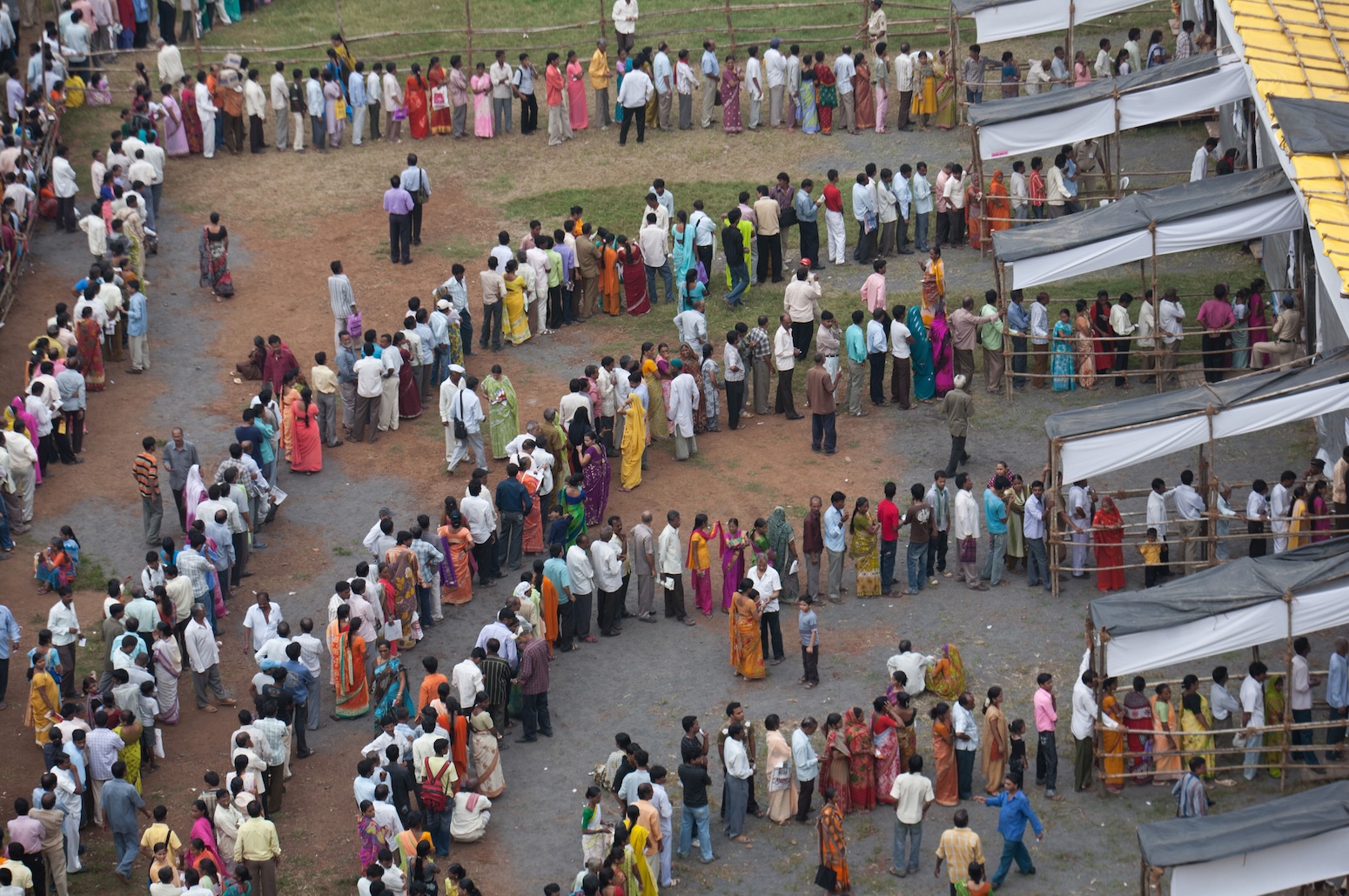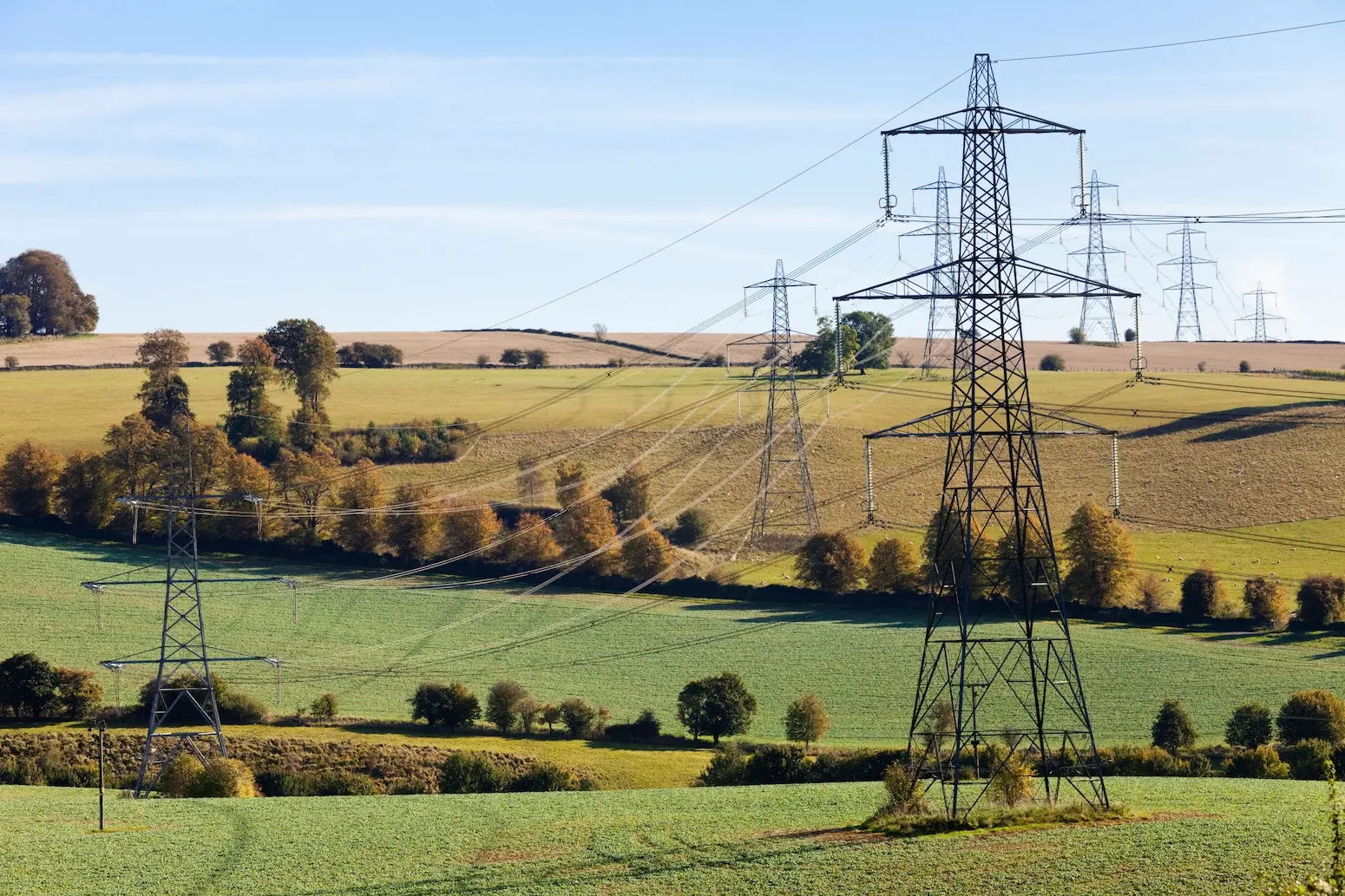Hundreds of millions of Indians will head to the polls from 19 April to 1 June amid scorching heat to cast their votes in the world’s biggest elections.
Their decisions could have significant consequences for how – or even if – India meets its climate goals and adapts rapidly to now almost daily extreme weather impacts.
Over the past decade, the Narendra Modi-led Indian government has been projected and perceived as a climate leader internationally: from his COP26 speech in Glasgow committing India to net-zero by 2070 through to his G20 presidency last year where he announced a renewable “tripling” target which was then echoed in the first “global stocktake” at COP28.
However, despite increasing renewable capacity, the Indian government’s rapid coal expansion and Modi’s links to fossil fuel interests have been dubbed problematic by many and “pragmatic” by others.
His party – the Bharatiya Janata Party (BJP) – holds a majority in the lower house of parliament and is the single largest party in the upper house, allowing it to pass controversial environmental and forest laws, with limited scrutiny and discussion.
While the BJP dominates – and expects to win the election – India still has more than 2,700 registered political parties and 56 state parties, of which six are officially recognised as national political parties.
Of these, the biggest and oldest is the Rahul Gandhi-led Indian National Congress (Congress), credited with giving India most of its progressive environmental laws and positions on climate, but also accused of ignoring them before its fall from national power in 2014.
In this interactive grid below, Carbon Brief tracks the commitments made by India’s major national political parties in their latest election manifestos across a range of issues connected to climate change.
The grid also includes proposals by the Communist Party of India (Marxist). Parties yet to publish their manifestos include the Aam Aadmi Party (AAP) led by Delhi’s recently jailed chief minister Arvind Kejriwal, the Bahujan Samaj Party (BSP) representing India’s historically marginalised castes and minorities, and the National Peoples’ Party representing India’s biodiverse northeastern states. (The grid will be updated when these remaining parties publish their manifestos.)
Each entry in the grid represents a direct quote from one of these documents.
(Note that the BJP refers to India as “Bharat” in most of its manifesto. This is seen by some as a reaction to 26 opposition parties banding together last year to brand themselves the Indian National Developmental Inclusive Alliance (INDIA) alliance.)
Despite an ongoing heatwave, drought, floods, farmer protests and debilitating smog blanketing most Indian cities, many argue that climate and environmental issues are too “peripheral” to sway the billion-strong Indian electorate. Others counter that “all key issues on the ballot in 2024” are linked to climate change.
Historically, however, Indian political parties have regularly rolled out campaigns and subsidies connected to energy, electricity and climate to appeal to Indian voters.
While welfare or development-based promises of free electricity for farmers and cooking gas price cuts are a running election feature, free public transport, land rights and managing natural resources, such as coal or forests, can also mobilise voters.
In 2014, for instance, Modi rode to power on a campaign promise of cleaning up corruption in India’s coal and mining sector, scarred by gargantuan scams.
Speaking to Carbon Brief, Aditya Valiathan Pillai from the Sustainable Futures Collaborative, says on one side you have welfare and developmental projects as a “balancing factor” for climate shocks. On the other side, “it’s about gas cylinders, energy access, cheaper electricity…all of that is climate. It’s just that it’s not ‘Extinction Rebellion’-style climate politics”.
Pillai adds:
“I think we see climate politics as the sort of existential, titanic fight for the future of humanity where climate progressives arm wrestle climate deniers. It’s not. There’s a much greater diversity in climate politics. The core difference is the politics of gain and the politics of loss, and we are very much in the politics of gain in India because it’s such a low baseline of development. In the West, it’s the exact opposite.”
Climate and environmental issues may not have been explicitly on top of voters’ or parties’ priorities before, but that has steadily changed since 2019.
While the BJP set out an ambitious renewable energy target of 175 gigawatts (GW) by 2022, AAP campaigned on its air pollution and electric vehicle policies in Delhi.
In 2019, while Congress pledged to bring back protections against deforestation and land-use change, the BSP and its allies promised to deploy clean energy to “destroy caste discrimination”, as “an over-dependence on coal directly impacts tribal populations who are constantly under threat in the name of power-generation”.
This year, climate change is mentioned in all national party manifestos published so far, along with commitments to promote renewable energy and, for the first time ever, critical minerals. For example, the BJP and Congress manifestos both emphasise working towards achieving net-zero by 2070.
The BJP manifesto promises the country “energy independence” by 2047 – a century since India achieved independence from the UK – through “a mix of electric mobility, network of charging stations, renewable energy production and improving energy efficiency”.
The BJP also sets out a 500GW renewable energy target – although it does not specify when this goal would be met. If voted in again, the Modi government says it plans to achieve this through setting up “mega” solar and wind parks and a clean energy corridor, with aims to turn India into a global renewable energy manufacturing hub.
It also emphasises scaling up bioenergy and green hydrogen production, developing small modular nuclear reactors and incentivising private investment in large-scale battery storage.
In the run-up to the elections, Modi has already announced a rooftop solar scheme and promised farmers in the critical election state of Uttar Pradesh to turn India’s sugarcane belt into a biofuel belt.
However, while the BJP’s manifesto pledges to support India’s automobile industry transition to electric vehicle manufacturing, it fails to mention coal even once or to outline how heavy industry will be decarbonised, beyond its existing Green Credit Programme.
While it outlines its commitment to meet India’s still-unclear carbon sink target, the BJP’s manifesto is silent on the forest rights of Indigenous communities, unlike Congress, which promises to set up a national mission to guarantee their rights and to stem deforestation.
In an election where unemployment is set to be a key voting issue, Congress pledged a “Green New Deal Investment Programme” and a “Green Transition Fund” in its manifesto. Congress pledges to generate millions of jobs in renewable energy, sustainable infrastructure and mining critical minerals. Its renewable energy plans lack specific targets, but remain strongly focused on decentralised power and job generation in rural India, with incentives for village councils and farmers to set up solar grids.
Congress is the only national party promising to increase allocations to India’s National Adaptation Fund and wants to create an independent environment authority akin to the US Environmental Protection Agency.
Both Congress and CPI have promised to look into landslides caused by floods that caused severe crop losses last year and to reverse “anti-people” amendments to India’s forest and environmental laws made under the Modi government.
The CPI is the only national party to explicitly mention coal in its manifesto, calling for unexplored private coal blocks to be returned to state-run Coal India, to reduce India’s dependence on coal imports and a judicial investigation into “fraudulent” imports by private companies.
Similarly, it is the only party to pledge a participatory “just transition plan” to protect communities and coal workers “affected in the process of transitioning to renewable energy from fossil fuel[s]”.
Its manifesto promises to end private monopolies in renewable energy, seeking to establish the government’s “decisive stake” in the sector “to protect our country’s energy sovereignty”.
To Bangalore-based climate activist Disha Ravi, protests by farmers, youth and citizen groups in the Himalayan region, as well as the visible climate impacts right before election season, have ensured environmental issues have “stayed fresh” in peoples’ minds and made it into manifestos.
However, she is concerned about follow-through, including from state governments where the opposition has been in power. She tells Carbon Brief:
“I live in Karnataka and one of our main environmental demands locally was to get back the right to protest. And they [Congress] haven’t enabled that since they’ve come back to power. They’ve been a little more open to conversations, and it’s great that they have these amazing-sounding policies on paper. But will they actually translate into real life? I don’t know that because they haven’t had a great track record.”
It remains to be seen whether the heat, deforestation or renewable jobs sway Indian voters as they step out to vote over seven phases this summer. But to activists and observers such as Ravi, it is time India has “a national-level climate conversation, and it shouldn’t be just because elections are around the corner”.




















Discussion about this post